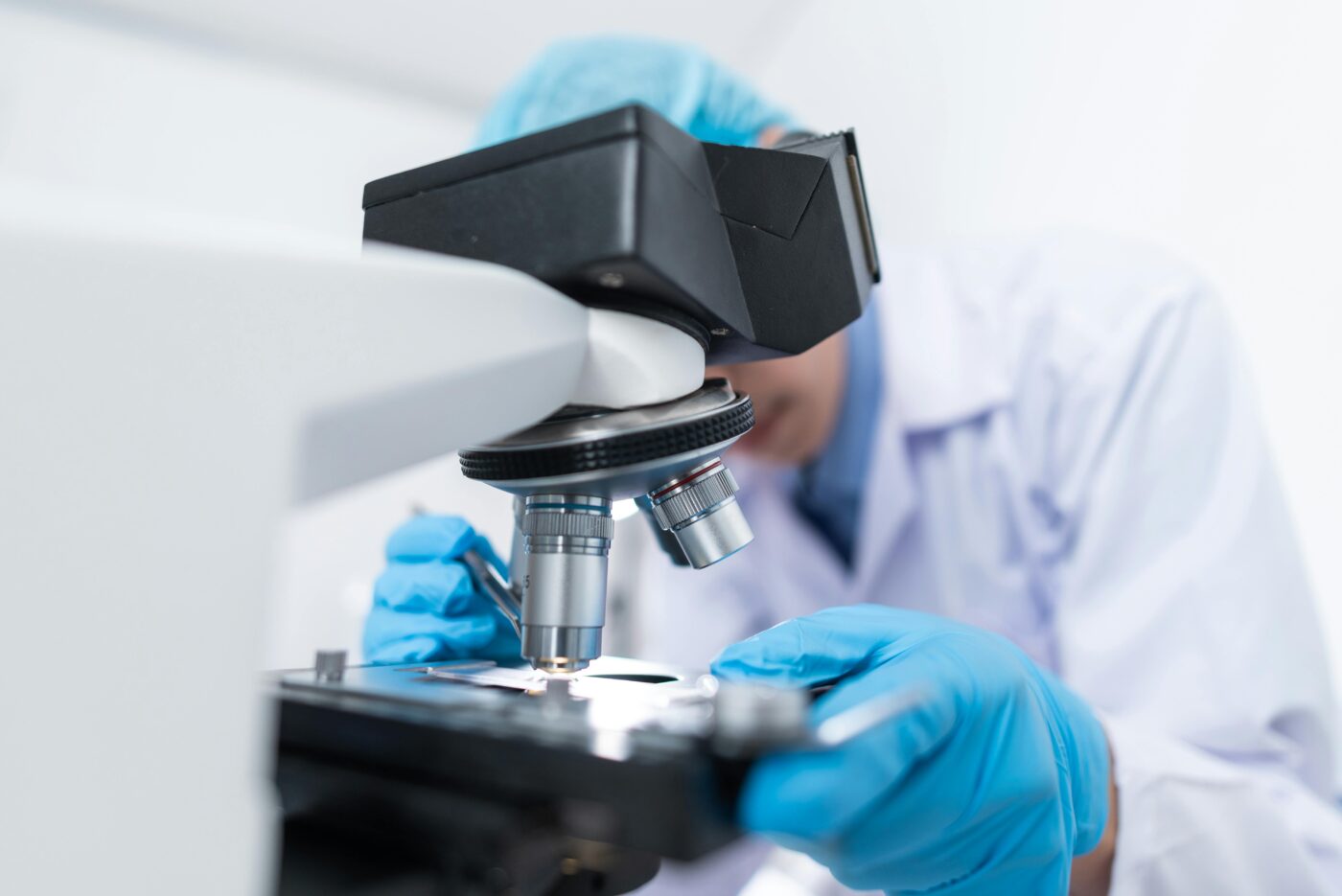Plastic pollution continues to be a pervasive global problem. Not only do the toxic chemicals in plastic significantly contaminate ecosystems and destroy precious wildlife, but plastic pollution also greatly impacts humans through the economic burdens it places on tourism, fishing, aquaculture, and global cleanup costs. Despite these severe consequences, why do we continue to produce and use more plastic?
According to the World Economic Forum, approximately 300 million tons of plastic waste is generated each year, with a significant portion ending up in oceans and landfills. There is still not enough consideration of the long-term effects. However there has been a miraculous discovery of a micro-organism that not only eats plastic and processes plastic into basic nutrients, but also helps break the plastic down. This microorganism combined with some groundbreaking advancements in technology could revolutionize how we deal with plastic waste.
While plastic pollution won’t stop overnight, we need a more sustainable solution to one of the planet’s most pressing issues.

In 2016, researchers from the Kyoto Institute of Technology in Japan reported a unique discovery. They identified a microorganism enzyme called PETase that helps break down plastic, specifically polyethylene terephthalate (PET), commonly used in drink bottles and clothing. Like most plastics, PET has an incredibly slow breakdown rate. Although this enzyme was initially breaking down plastic at a slow rate, by analyzing the enzyme’s structure, the researchers enhanced its efficiency. They created a “super enzyme” that not only breaks down plastic faster but also remains stable and active at higher temperatures, making it more practical for larger and industrial uses. The researchers have established a specialist institute called the Centre for Enzyme Innovation to continue modifying PETase for even larger-scale applications, further aiding in the fight against plastic pollution.

While there is some effort to recycle plastic through various recycling plants that crush, grind, and reshape it, according to an OECD report, only 9% is successfully recycled. Much of the rest ends up incinerated, in landfills, or contaminating the environment in one way or another. Therefore, discoveries like the plastic-eating enzyme create promising leaps towards addressing one of our most critical environmental challenges. Despite their size, microorganisms could have much more power than we realise. These invisible micro worlds could prove the solutions are already right under our noses; all we need to do is look.





